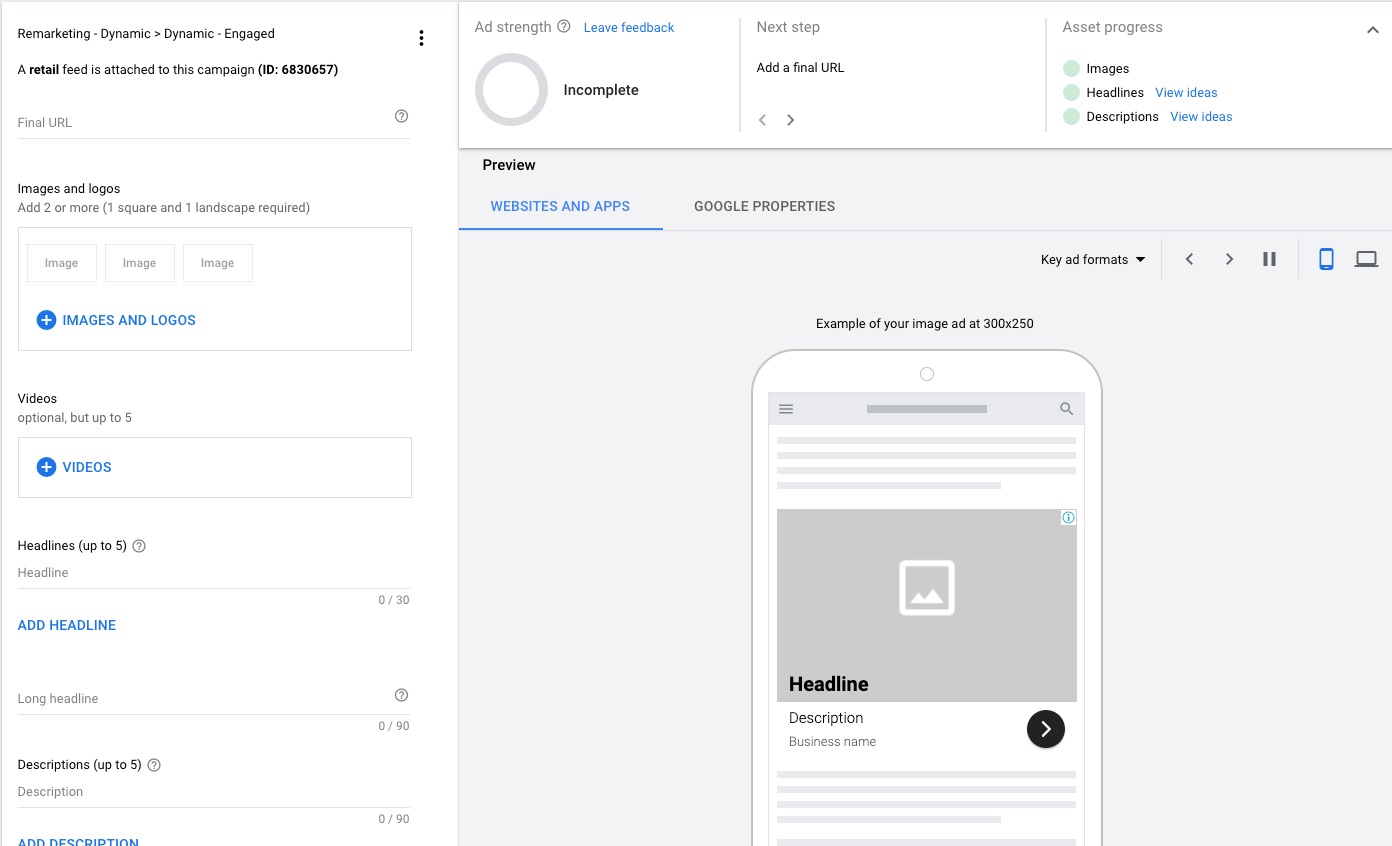If you ask anyone who manages PPC campaigns why they like doing it, the answer you will get almost always focuses on the satisfaction that comes from running a campaign and seeing real numeric results. The ROI of a click or a dollar is so much easier to calculate than other digital marketing channels. And light-years easier than any traditional marketing efforts like billboards or TV ads.
This tends to lead us to focus on mid- to low-funnel strategies with high levels of search intent because that is where those ROI results are most true. That increased level of ROI transparency also leads to very little wiggle room to spend ad dollars on anything else without it being clear as day that the last-click return just isn’t as strong.

This is a common pitfall, though.
Why Are Upper Funnel Strategies Important?
Focusing only on low-funnel strategies limits overall performance because you are only addressing one part of the marketing funnel, which can run dry while doing nothing to fill the funnel back up. Exploiting what currently exists toward the bottom of the funnel through paid search is often not enough to grow or even sustain a business.
Growing the top of the funnel through strategies aimed at making more people aware of your product/service/brand means you’re creating more potential customers down the line. You may see a less immediate last-click return from strategies like that, but that shouldn’t prevent you from attempting to grow your brand awareness base.
Growing the top of the funnel can result in greater overall search volume for your brand. As users enter the top of the funnel and work their way down, advertisers should expect to see more things like branded searches, a very low-funnel action. There may be steps along the way as a user gets nurtured, but that is healthy marketing.
With that in mind, top-of-funnel strategies are more appropriate at certain times and for certain advertisers than others.
How Do We Know When It’s Time for Upper-Funnel PPC?
When budget is low, it makes sense to maximize your return on lower-funnel strategies first. But even when budget is limited, a strong case for top of the funnel, brand awareness can still be made. Here are some cases where you may want to consider shifting strategy out of just the tried and true, low-funnel efforts.
- When branded search impression share stays static or even grows, but impression volume declines.
- When you have optimized all current search campaigns extensively, and the only plausible room for growth is adding more long-tail, exact match keywords (i.e., you’ve tapped out your current targeting).
- When you consistently aren’t hitting your target budgets because there isn’t much more to buy on the search network.
- When Google Trends shows a consistent downward trend for either your brand, your top non-branded terms/topics, or both.
These are all signs that the bottom of your funnel is depleting, and efforts to fill it back up are needed to either grow or sustain the business.
Upper-Funnel PPC Strategies
Upper-funnel marketing efforts are most commonly thought of as display and video. Sure, there are other PPC strategies to consider, but display strategies are a great way to reach out and find new audiences. So for now, let’s focus there.
Within the world of the Google Display Network, consider different audience types that can lead to new first touches with users. Audiences like:
- In-market
- Custom Intent (In-market + Keywords)
- Similar Audiences to Remarketing Lists
- Affinity and Demographics off of Audience Insights

As you identify different audiences to target, think about appropriate messaging for those audiences and what ad formats will resonate the best with them. Ad formats like:
- Discovery Ads (responsive display + video)
- Video Ads for YouTube
- Responsive Display Ads
- Gmail Ads

These types of ads are found in campaign types like display and video that have a whole array of bidding strategies to choose from. Since the goal of these campaigns is brand exposure rather than last-click conversions, consider a strategy that matches that overall goal. Strategies like:
- Pay-Per-Conversion
- Target CPM
- Maximize Clicks

Important Things to Consider When Implementing a New Upper-Funnel Strategy
The most important thing to keep in mind before going down this road is setting appropriate expectations: with yourself, your boss, and your stakeholders. You are likely used to a certain level of last-click return from your PPC budget. But remember, that is not the goal here. The goal is to expose new qualified users to your brand so you can convert them down the line.
- Attribution. Consider a different attribution model that better reflects this position in the funnel.
- Goals. Have clear goals to gauge success that fit the strategy. Don’t use the same CPA or ROAS goals you use for lower-funnel strategies. They will disappoint, and, more importantly, inaccurately represent the effectiveness of the campaigns.
- KPIs. Consider what upper-funnel KPIs you should be looking at. Instead of conversion-focused KPIs, look to engagement metrics like time on site, pages per session, new vs. returning users, or at the very least assisted conversions or other soft conversion metrics.
The Takeaway
None of this is meant to distract from the glaring benefit of PPC: the high level of intent a user has when searching low-funnel keywords on Google and the ability to reach them very quickly and effectively. These strategies should be capitalized on. But as your low-funnel strategy grows and matures, the need for a full-funnel balanced approach grows as well. Ignoring it will limit the long-term potential of PPC advertising and your entire marketing stack..









